5 Reasons why you need generative AI for email marketing (2024)
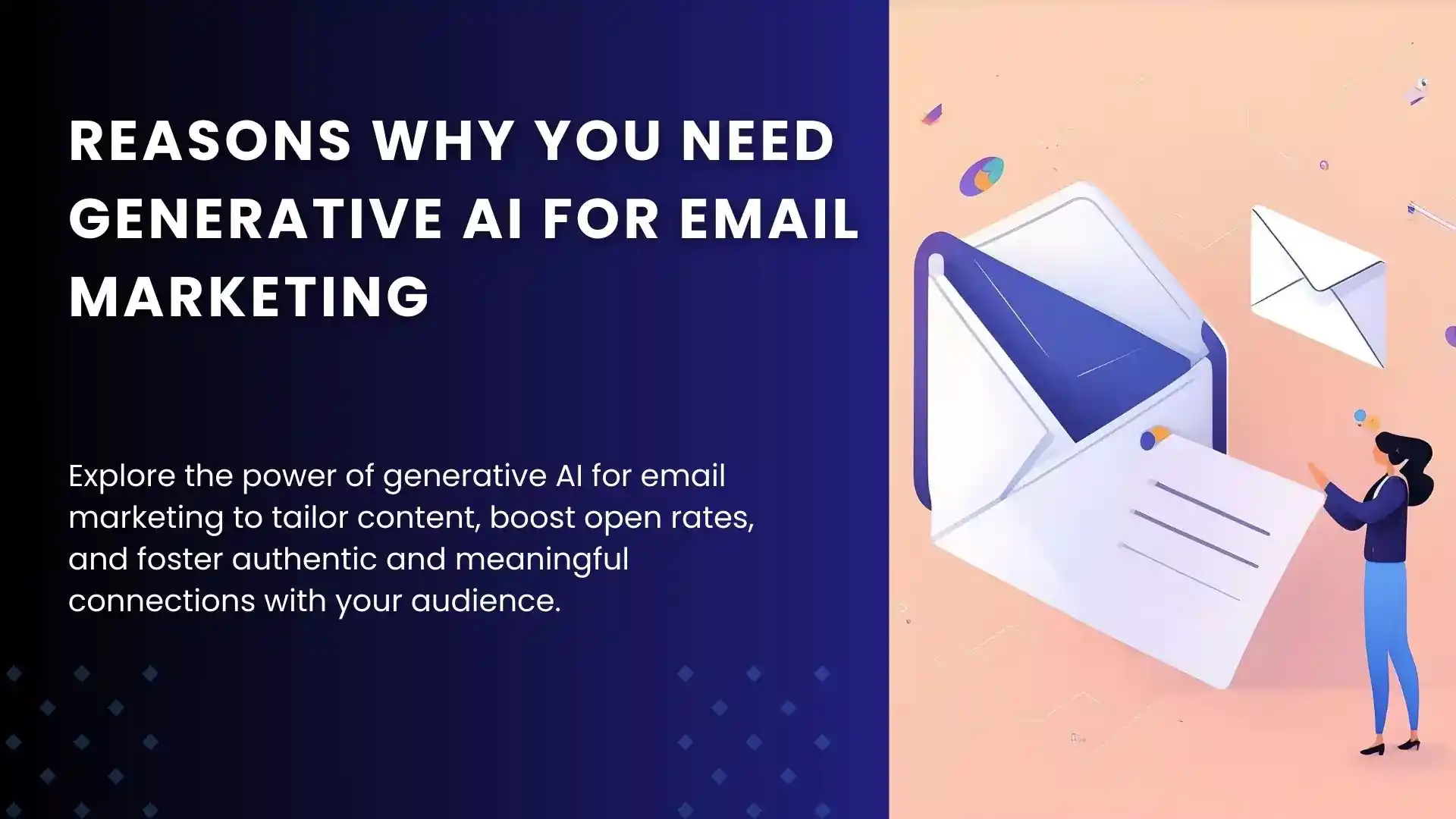
Struggling to get people excited to open and read your marketing emails? Rest assured, you’re not alone.
Many email marketers work hard to create content but still feel like it’s not quite catching people’s attention these days.
Luckily, there’s a new technology called generative AI that can help!
Generative AI uses the data about your subscribers to understand them better as individuals. That way, the emails it creates will be tailored just for them.
So when people get your emails, it feels like each message was made to speak right to that one person.
It is almost like getting an email from a friend instead of some random company!
As we go through this article, you will learn 5 great reasons you should start using generative AI for email marketing to connect with your audience on a deeper level.
Key Takeaways
- Generative AI enables precise audience segmentation, leading to personalized content and higher email open rates.
- It creates visually captivating images and videos based on email content and tone, enhancing engagement.
- It introduces interactive elements like chatbots and quizzes in emails, improving connection and making you understand the audience better.
- It facilitates A/B testing, allowing experimentation with different email components so you can settle on what works best or generates higher conversions.
- AI tools like Jasper and Copy AI automate the creation of unique content, including greetings, product recommendations, and calls-to-action, saving time in the content creation process.
The key benefits of using generative AI for email marketing
What do you gain when you integrate this amazing technology into your email marketing strategy?
- 24/7 Availability – Never worry about someone not being around to respond when your customers email you. AI enables instant, customized responses to their queries at any time.
- Automatic Email Responses – Forget you manually drafting tedious email replies. Generative AI handles responding to all your customer emails at scale with human-like messages tailored to each of their questions.
- Reduced Error Rates – It minimizes mistakes like incorrect personal details or product recommendations that annoy your subscribers.
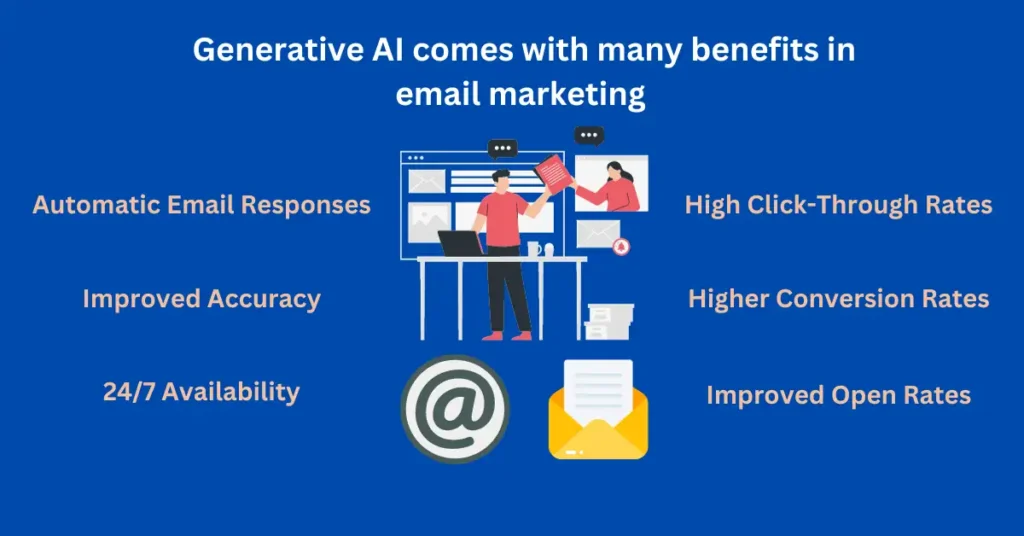
What are the results?
- Your open rates skyrocket – We’re talking about more people eagerly clicking to see what you’ve got to say. It’s not just about opening emails; it’s about making a connection.
- You realize improved click-through rates – Imagine your audience not just reading but actually engaging with your content. By tailoring your messages to what each person wants, your emails become irresistible, getting clicked on at impressive rates.
- Higher conversion rates – With generative AI, you’re not just sending emails; you’re sending invitations to convert. More conversions mean more business, and who wouldn’t want that?
What is Generative AI, and How Does it Apply to Email Marketing?
Generative AI is your digital creative wizard.
Put simply, it refers to machine learning models that can generate completely new content, insights, and recommendations based on patterns in data.
Powerful generative AI algorithms can help you create:
- Original text on demand for blogs, social posts, ads
- Custom images and artwork
- Product ideas and design mockups
- Data visualizations and graphical content
- Chatbot conversations
Key Roles for Generative AI in Email Marketing:
Think of generative AI as your secret weapon for making emails stand out.
It is like your digital marketing artist – it creates new, personalized content that feels like a human wrote it.
- Customer Segmentation – The AI model breaks down your audience into groups based on who they are and what they like, using data like demographics, interests, and buying history.
- Personalized Content Generation – It crafts customized email content, including copy, product suggestions, and dynamic elements tailored to different groups in your audience.
- Optimization – It acts as your behind-the-scenes tester, constantly trying out different email components (like subject lines, content, and send times) to boost engagement and conversions for each group.
An AI solution like Persado uses motivation-based linguistics to generate emotionally compelling email subject lines optimized for different user groups.
On average, Persado AI increases click-through rates of marketing copy by 29% and open rates by 41%.
A good example is eBay, which saw a 15.8% improvement in open rates and a 31.2% increase in clicks on its emails after incorporating Persado’s technology.
Reasons Why You Need Generative AI for Email Marketing
1. Boost Engagement Through Precise Subscriber Segmentation
One big email marketing mistake is blasting the same message to your whole list.
This leads to many people tuning out because the content just isn’t relevant to them. But the good thing is that generative AI can fix this issue.
It studies who has signed up and sorts them into groups by their interests and shopping habits.
Once your audience is neatly segmented, the AI crafts personalized subject lines and content for each group.
For example, an outdoor clothing brand could split shoppers of hiking gear from those who only buy casual stuff occasionally.
Each type can then receive emails spotlighting suitable items they’d actually want.
The result? Higher open rates because your emails perfectly align with the preferences of each segment.
2. Forget Writer’s Block: AI Writes Personalized Emails Now!
Imagine you have five different customer segments, each with their tastes and needs.
Struggling to craft unique messages for these customers can be a real pain, right?
However, Generative AI comes to the rescue here.

Its advanced systems can instantly generate relevant email content for each of your audience segments.
Personalized greetings, tailored product/content recommendations, and custom calls-to-action can all be assembled automatically.
So, hiking gear buyers only receive suggestions on new trekking poles or filter models.
Likewise, runners, instead, see reminders for upcoming races and training gear deals ideally suited for them.
AI email assistants such as Phrasee, Compose AI, Copy AI, Smartwriter, and Jasper can help you efficiently create customized email content tailored to your audience segments in just minutes versus the hours it would take to craft manually.
3. Visually Captivating Images and Videos
Crafting custom images and visuals for email campaigns consumes time and resources.
Generative AI can help you visually shine every email with photos and art available instantly on demand.
These AI tools comprehend your email content and the desired tone and generate original images that fulfill your creative vision – while grabbing the audience’s attention.
Let’s say you’re promoting a new line of warm sweaters.
Instead of the usual model-in-a-sweater situation, AI can create a cozy scene: a steaming mug of cocoa nestled between fluffy blankets, with soft rays of sunshine highlighting the rich texture of the sweater.
When people see visuals that match what they love, they’re more likely to click, read, and remember your message. Plus, AI-made visuals often feel more real and relatable than those generic photos, adding a personal touch to your emails.
4. Interactivity that Hooks Audience Attention
Imagine your email isn’t just a one-way street anymore but a lively conversation! Think of it like having a robot friend living inside your email.
This friend, powered by advanced AI models, can ask your readers questions or even guide them through personalized product recommendations.
And guess what? The more they interact, the more the robot learns about them!
AI powers innovative options like:
- Chatbots that enable back-and-forth conversation within emails through customized questions and answers.
- Interactive quizzes or assessments to capture user preferences.
- Polls and surveys to gather first-party data and feedback.
The robot friend gathers precious data from all that interaction, telling you what your readers like, what confuses them, and what makes them tick.
This information helps you tailor your future emails to be even more engaging and relevant.
5. Optimize email variations through A/B testing for higher conversions.
A/B testing is like trying out different versions of your emails to see which one works best and gets more people to take action.
It’s all about tweaking things to boost your chances of turning clicks into actual conversions.

Think of it as experimenting with two email versions—A and B.
- Team A gets a version with a playful subject line: “Get ready to snuggle! Find your perfect winter sweater match inside.”
- Team B gets a version with a more stylish vibe: “Upgrade your fall wardrobe with our limited-edition sweater collection.”
Then, AI sends each version to a small group of your list.
Let’s say in version A, the playful subject line gets a lot more people opening your email.
You’ve now found a winner.
You can then use that winning formula in your main email to the larger audience, increasing the chances of more people taking the action you want, like making a purchase.
How does generative AI differ from traditional email marketing strategies?
Traditional email marketing automation simply sends pre-made message templates on a schedule you define.
There’s no personalization beyond maybe inserting someone’s first name.
On the other hand, Generative AI flips the script by individually customizing emails at scale based on understanding your users.
| Feature | Traditional Email Marketing | Generative AI Email Marketing |
| Personalization | It is limited to basic tags and simple segmentation; often uses a one-size-fits-all approach. | It gets really smart with data! By diving deep into individual subscriber preferences, what they’ve bought before, and how they act on your website, it crafts personalized subject lines, content, and offers that suit each person. |
| Creativity | It often relies on human copywriters and designers, which might result in the same kind of content repeatedly, with little variety. | It leverages AI algorithms to generate fresh and engaging content formats, including subject lines, email copy, product descriptions, and visuals like infographics and short videos. |
| Time investment | It is highly time-consuming since you have to create and schedule each email campaign one by one manually. | It automates repetitive tasks such as writing basic content, sorting out audiences, and scheduling emails. This leaves you with more time to plan and analyze your strategy. |
| Scalability | It can be challenging to scale for large audiences due to time constraints and resource limits. | It can handle large subscriber bases efficiently, making sure each person gets their own special email that feels just right. |
| Technical expertise | It needs some tech know-how to handle email marketing platforms and manage campaigns effectively. | It can be easy for users, as many AI platforms provide friendly interfaces and simple drag-and-drop features. |
| Cost | Usually, at the start, it might cost you less, but over time, the expenses can add up due to the manual work and efforts needed for personalization. | There might be subscription fees for AI platforms, but in the long run, it could save you money by making things more efficient and automated. |
| Control | It provides full control over every aspect of the email campaign. | It requires some level of trust in AI recommendations and outputs but ultimately retains control over brand voice and overall campaign strategy. |
Addressing Concerns and Ensuring Human Control
Let’s talk about some everyday worries regarding AI in email marketing – like people being concerned about job security and fearing that things might feel too robotic.
It is essential to understand that AI is here to help, not take over.
It’s like having a super-smart assistant that makes your job easier, adding that personal touch to your emails but on a bigger scale.
Imagine sending tailored messages to a whole bunch of people without losing that unique brand flavor – that’s AI at work, making your life simpler while keeping things true to your brand style.
So, no need to worry, It’s all about working together, human and AI, to craft emails your audience can’t resist.
What are the potential risks of using AI in email marketing?
As with any powerful tool, AI in email marketing requires responsible use.
Potential risks include:
- Loss of brand voice: It is important to ensure that your AI aligns with your brand identity and tone to avoid robotic or generic-sounding emails.
- Data privacy concerns: You should choose AI platforms with strong data security practices and be transparent about AI usage with your subscribers.
- Over-reliance on automation: Yes, AI can streamline tasks, but remember, the human touch is always crucial. You should use AI to enhance your efforts but not replace your creativity and understanding of your audience.
Final Thoughts
So, why should you consider using generative AI for your emails? First, it’s like having a 24/7 assistant that never gets tired.
It responds instantly to your customers, making your emails feel personalized and super responsive.
But that’s not all. With generative AI, you’re not just sending emails but creating connections.
Your open rates go through the roof because your messages are spot-on for each group of people.
It’s like your emails speak directly to each individual, making them want to click and see what you’ve got to offer.
And guess what? Those clicks turn into conversions – more business, more engagement, and more happy customers.
Ensure you leverage generative AI tools such as Jasper, Copy AI, Copysmith, and Writesonic to help you create excellent, personalized content for your emails effortlessly.
Frequently Asked Questions (FAQs)
What is generative AI, and how does it work for email marketing?
Generative AI refers to smart computer systems that can create new content like text, images, or video based on the data they’re trained on.
In email marketing, this tool works by analyzing various factors like your audience, campaign objectives, and brand style.
It then uses this information to personalize elements of your emails, such as crafting unique subject lines, generating compelling written content, and even creating visuals like product images or infographics.
What role does personalization play in generative AI for email marketing?
Personalization tailors messages to individual preferences, creating a stronger and more meaningful connection with recipients.
By understanding and adapting to each recipient’s unique needs, generative AI enhances engagement, making the emails more relevant and appealing to the individuals receiving them..
What types of content can generative AI create for email marketing campaigns?
Generative AI can craft diverse content for email campaigns, including catchy subject lines, friendly greetings, compelling product descriptions, and effective call-to-action messages.
It helps save time and ensures engaging communication with your audience by generating personalized and relevant content for various aspects of your email marketing strategy.
What potential challenges or concerns should businesses be aware of when implementing generative AI?
Data accuracy and brand voice consistency are the key areas businesses should consider when adopting generative AI for email marketing.
Firstly, ensuring the AI is trained on high-quality, relevant data is vital to avoid misleading or inaccurate personalization.
Secondly, you should carefully guide the AI to stay true to your brand voice and messaging preferences to maintain a professional and cohesive customer experience.


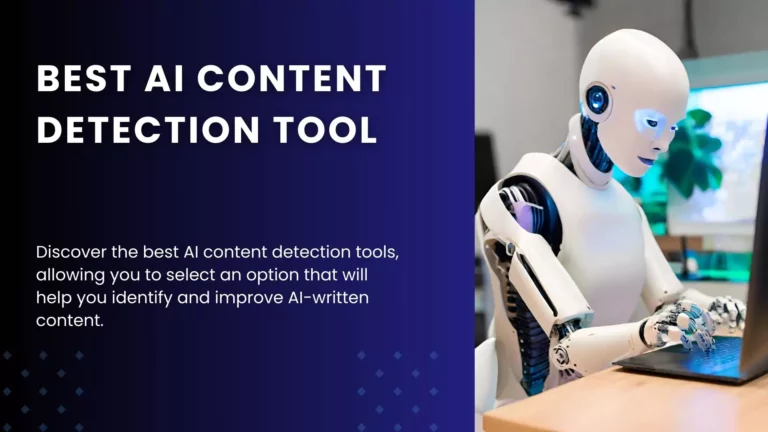
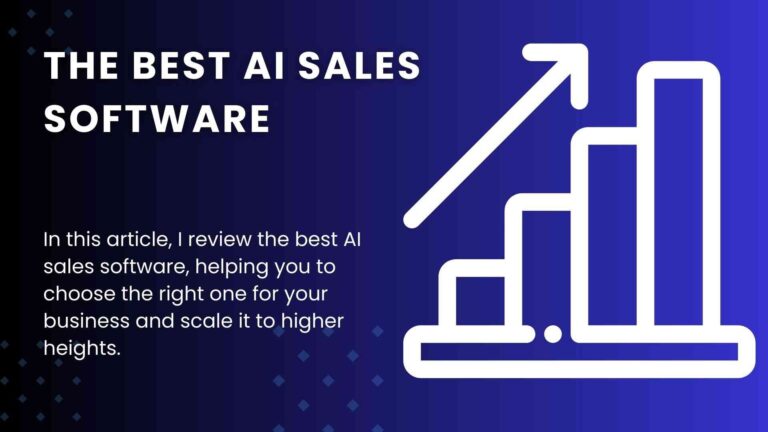

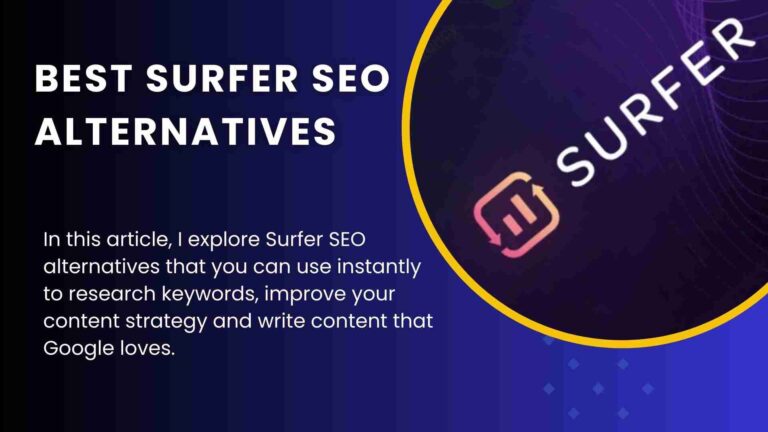
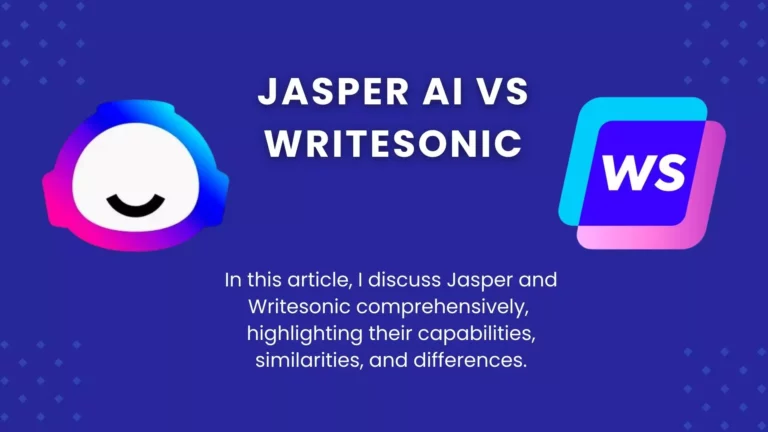
2 Comments